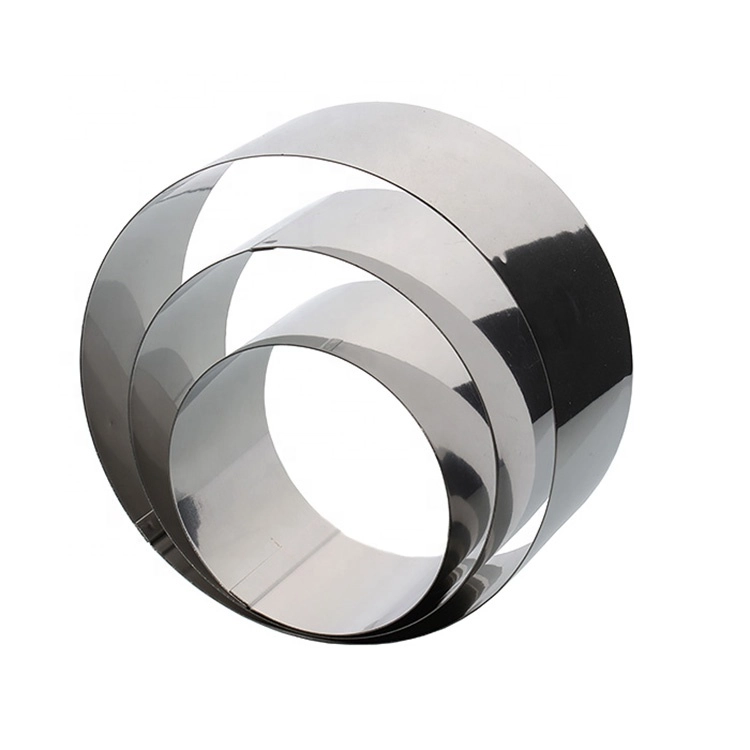- Phone:+86-17331948172 +86-0319-8862898
- E-mail: inquiry@puxingclamp.com
nov . 06, 2024 10:16 Back to list
Factory for High-Quality Compression Hose Clamps Manufacturing and Supply Solutions
Understanding Compression Hose Clamps and Their Manufacturing Processes
Compression hose clamps are essential components in a variety of industries, including automotive, plumbing, and aerospace. These devices provide a reliable method of securing hoses to fittings and ensuring that fluid transfer systems operate efficiently and safely. Understanding the manufacturing process and the significance of these clamps can help businesses select the appropriate products for their requirements.
What are Compression Hose Clamps?
Compression hose clamps are designed to secure hoses in place and prevent leakage. They work by exerting a compressive force around the hose, which tightens the connection to a fitting or another hose. These clamps are commonly made from materials such as stainless steel, plastic, or other metals, offering a blend of strength, durability, and resistance to corrosion.
The primary function of a compression hose clamp is to maintain a tight seal under varying conditions, including changes in pressure and temperature. Their robust design allows them to withstand vibration and movement, making them ideal for automotive applications where components are in constant motion.
The Manufacturing Process
The production of compression hose clamps involves several steps, each crucial to ensuring the quality and efficiency of the final product
1. Material Selection The manufacturing process begins with the selection of materials. Stainless steel is often preferred due to its corrosion resistance and strength. Other materials may include galvanized steel and plastic, depending on the intended use.
2. Design and Engineering Once the raw materials are sourced, they are designed using CAD software. Engineers develop specifications that consider the clamp’s size, shape, and the intended application. This step is critical for determining how the clamp will perform under various conditions.
3. Cutting and Forming The raw materials are then cut into the desired shapes. For metal clamps, sheets of stainless steel or other materials are cut using lasers or water jets. Forming processes such as bending or stamping are employed to give the clamps their final shape.
compression hose clamp factory

4. Welding and Assembly For multi-part clamps, the pieces are assembled and welded together. This stage is vital for enhancing the structural integrity of the clamp, ensuring it can withstand the stresses of installation and operation.
5. Surface Treatment After assembly, the clamps undergo various surface treatments, such as polishing, coating, or galvanizing, which provide additional corrosion resistance and improve aesthetics. This step is particularly important for clamps that will be exposed to harsh environments.
6. Quality Control Before being packaged and shipped, the clamps are subjected to rigorous quality control testing. Manufacturers may use non-destructive testing methods, such as ultrasonic or magnetic particle inspections, to detect any flaws. Dimensional checks ensure that each clamp meets predefined specifications.
7. Packaging Once they pass quality control, the compression hose clamps are packaged for distribution. Effective packaging protects the clamps from damage during shipping and storage, ensuring they arrive at their destination in optimal condition.
Applications and Industries
Compression hose clamps find their applications across various sectors. In the automotive industry, they are utilized in fuel and coolant systems, ensuring that hoses remain securely connected and function without leaks. In plumbing, they are used to secure pipes and hoses, preventing water loss and pressure drops. Aerospace applications rely on these clamps for secure connections in fuel lines and hydraulic systems, where failure is not an option.
Choosing the Right Clamp
When selecting a compression hose clamp, businesses must consider several factors, including the size of the hose, the type of material required, and the specific environmental conditions the clamp will be exposed to. Consulting with manufacturers can provide valuable insights into the best options available based on application needs.
Conclusion
In conclusion, compression hose clamps are vital components in various industries, providing reliable and efficient hose securing solutions. Understanding the manufacturing process, material selection, and applications of these clamps helps businesses make informed decisions, ensuring operational efficiency and safety in their systems. As industries continue to evolve, compression hose clamp manufacturers must adapt and innovate to meet the changing demands of their customers, ensuring the highest standards of quality and performance.
-
Heavy Duty Hose Clamp | Premium Durability & Security
NewsAug.01,2025
-
Large Stainless Steel Adjustable American Type Hose Clamp - Hebei Pux Alloy Technology Co., Ltd.
NewsAug.01,2025
-
Large Stainless Steel Adjustable American Type Hose Clamp - Hebei Pux Alloy Technology Co., Ltd
NewsAug.01,2025
-
Large Stainless Steel Adjustable American Type Hose Clamp - Hebei Pux Alloy Technology Co., Ltd.
NewsJul.31,2025
-
Large Stainless Steel Adjustable American Type Hose Clamp - Hebei Pux Alloy Technology Co., Ltd | Corrosion Resistance, High Torque
NewsJul.31,2025
-
Durable Hose Clamps with GPT-4 Turbo Tech | Secure Sealing
NewsJul.31,2025




